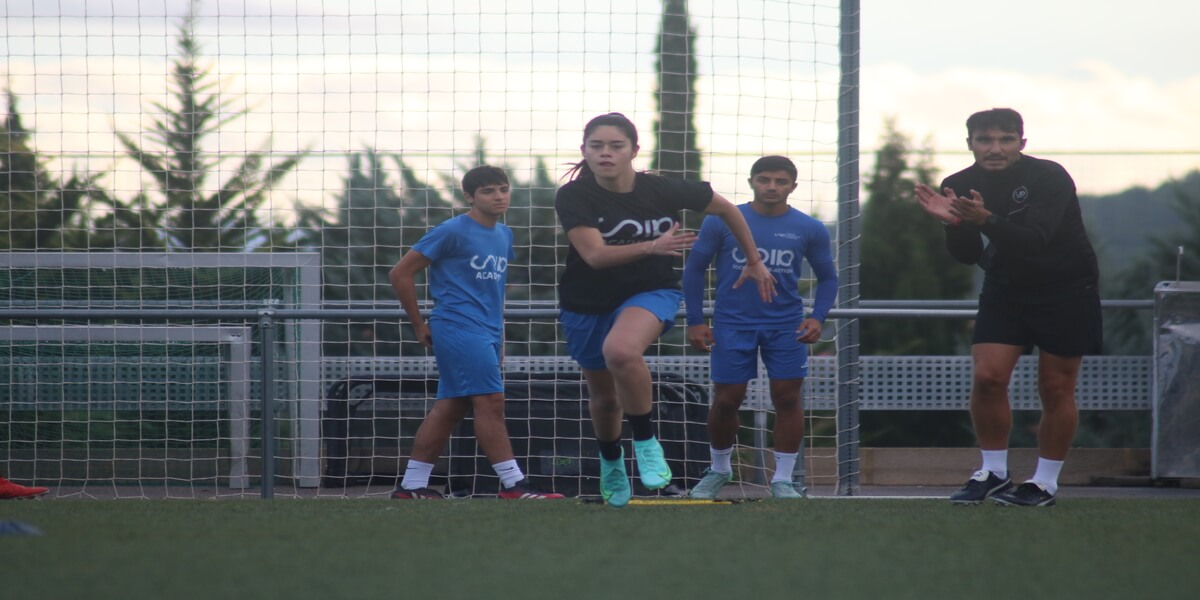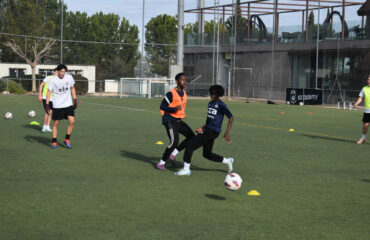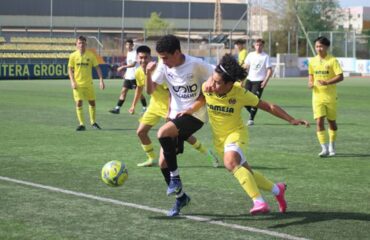Hamstring injuries, defined as the physical complaint affecting the back of the thigh, are the most common football-related injury.
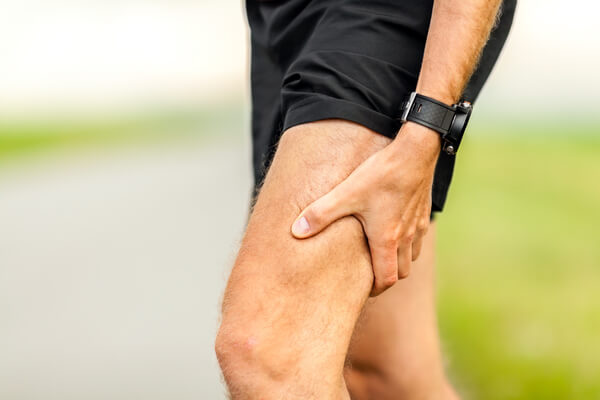
HOW DID YOU GET INJURED?
They account for 13-17% of all injuries and require long rehabilitation periods. They result in absences from training and inability to play, but for a maximum of 90 days. (1)(2)
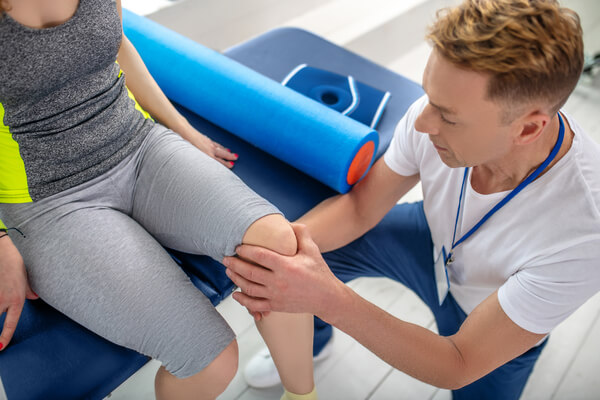
Biomechanical analysis has shown that hamstring tears occur in the last part of the swing phase during sprinting. The higher the running speed, the greater these forces are. (3)
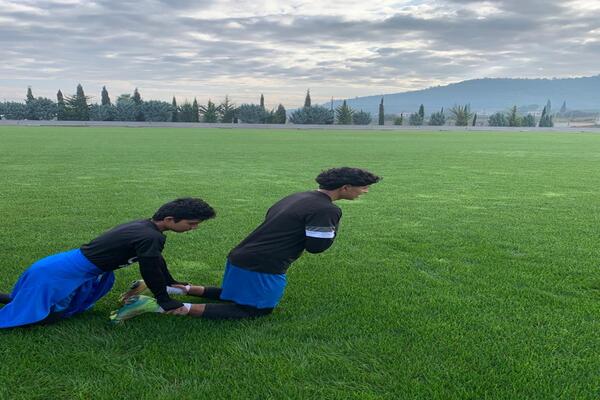
HAMSTRING INJURY PREVENTION STRATEGIES
Prevention strategies for these injuries are often related to performing exercises to increase eccentric strength, such as the Nordic Hamstring. These exercises can reduce the incidence of hamstring injuries. (4)
Buckthorpe et al. in 2019 (5) have published articles in order to put into practice what the evidence says about these injuries.
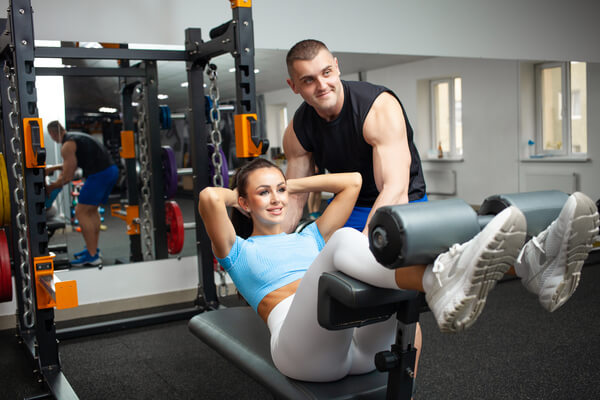
HAMSTRING INJURY RISK FACTORS
Firstly, the risk factors are classified into four groups: specific, general, semi-important and recognised but not taken into account in practice. The specific ones, anterior hamstring injury, eccentric strength, hours of exposure to speed and hamstring fatigue resistance.
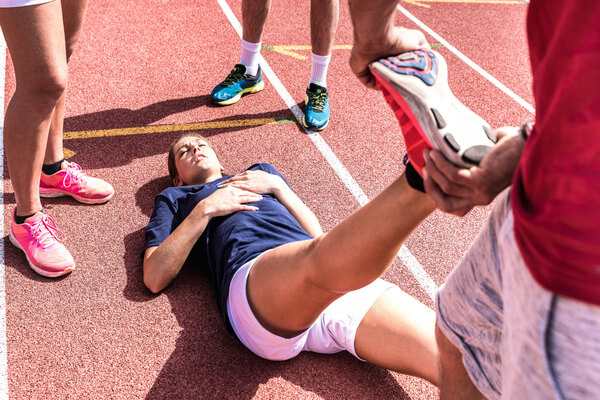
Psychosocial factors, recovery strategies, functional strength, lumbo-pelvic stability… may also play a role. From this, a strategy for the prevention of hamstring injuries in elite football is proposed.
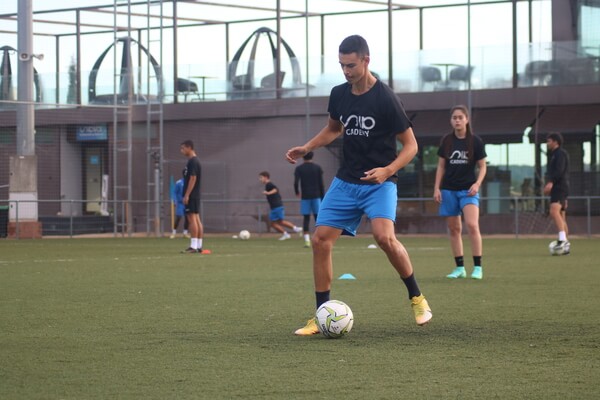
WHAT CAN I DO TO PREVENT HAMSTRING INJURIES?
Strengthening the musculature
Firstly, strengthening the hamstring muscles. As with many other injuries, there are problems between the tissue’s capabilities and the demands required, so the tissue’s threshold of tolerance to the load it is subjected to must be raised. The use of eccentric force is the most studied and has been shown to be effective in reducing the risk of primary and secondary injuries. Eccentric overload also causes changes in muscle architecture.
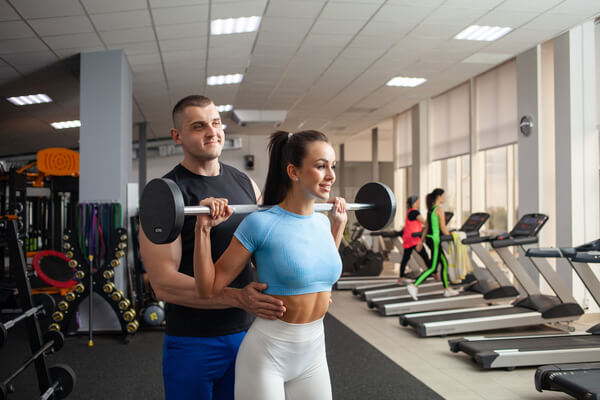
Design Strength training
However, it is not simply necessary to strengthen the musculature to reduce the risk of injury. In order to design strength training appropriate to the situation, strength work of the hip extensors needs to be included to avoid overactivation of the hamstrings.
The strength-velocity curve must be taken into account for the individual’s potential improvement, as explosive strength deficits will limit peak strength during sprinting, which will present deficits on return to sport after injury.
Intramuscular and intermuscular coordination must also be taken into account, because if the stabilising musculature is not activated correctly, there will be a compensatory recruitment of agonists and antagonists that will compromise the strength exerted.
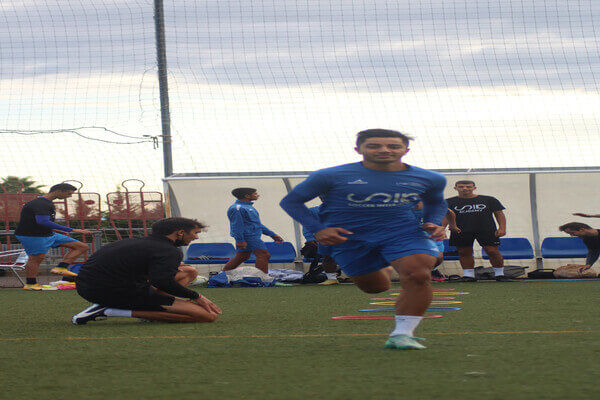
Design Career training
On the other hand, although much of the research on football players focuses on the analysis of the Nordic Hamstring Exercise, a more individualised approach with more variability is more effective in achieving optimal hamstring function, as a concentric-excentric-isometric balance is needed.
The application of this strength to the demands of football should not be forgotten, so running training is also needed. Recent studies claim that regularly reaching peak speed or being close to peak speed in training is also associated with a decrease in the number of injuries, which is why all players are exposed to 95% of their maximum speed once or twice a week. (6)

Handling loads and fatigue
As mentioned above, risk factors include fatigue. Load management is the most important element in preventing injuries in elite football. For this purpose, various measures, questionnaires, data records… Acute load increases usually carry associated risks, due to the punctual fatigue they cause, but long-term load increases achieve supercompensation and increase the tolerance of football players to acute loads and decrease the risk of injury.
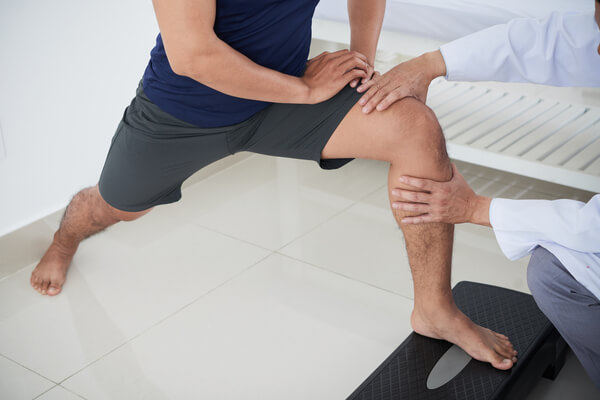
IMPROVING GENERAL PHYSICAL FITNESS
In keeping with the holistic approach to injuries, the pelvis is known to be responsible for the transfer of loads between the spine and the lower limbs.

Aberrant movements of the lumbopelvic complex, such as excessive anteversion during sprinting, can lead to overstretching of the musculature in the final part of the flight phase, associated with inhibition of the gluteus maximus.
Not only is strength work important, but we must also improve the general physical condition of the players in order to minimise the risk of injury. A fatigued muscle loses the ability to store energy before performing the force that ultimately results in injury.
PLAYER MOVEMENT
The quality of the player’s movement must also be taken into account. From fundamental movement patterns (squat, step lunge, jump and land…) as well as athletic movements, which require good timing, coordination, neuromuscular control and are associated with an increased ability to apply functional force.
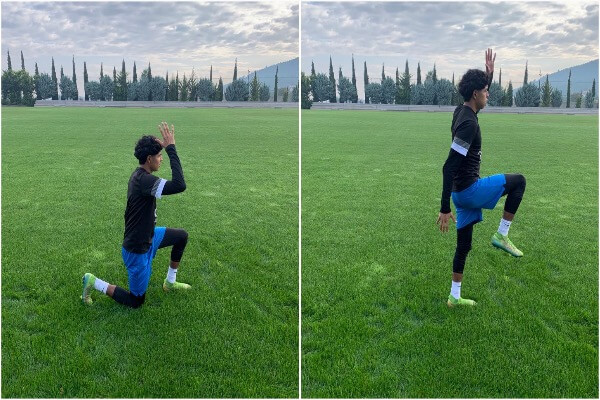
Programmes that incorporate athletic movements with good technique and repetitions should focus on neuromuscular control and sequencing.
Specific exercises that separate components of running technique, focusing on lumbopelvic stability and upper and lower limb position, are an important component of the conditioning continuum.
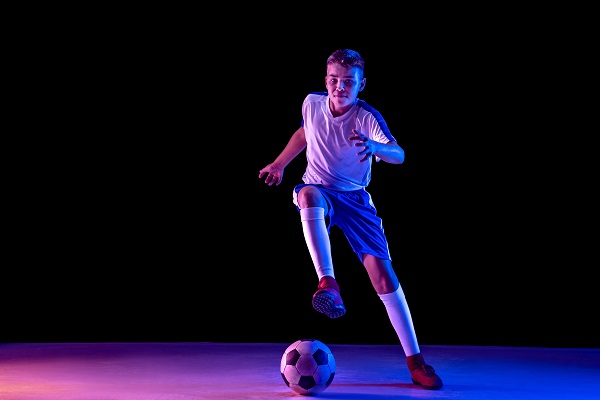
How to improve player movement?
These qualities are practised in many ways, including warm-ups, gym workouts and activation prior to technical sessions.
A focus on slow speeds and simple tasks establishes the core competencies needed to develop speed, complexity and develop neuromuscular demanding tasks and strength and speed work that will improve individual performances and reduce injury.
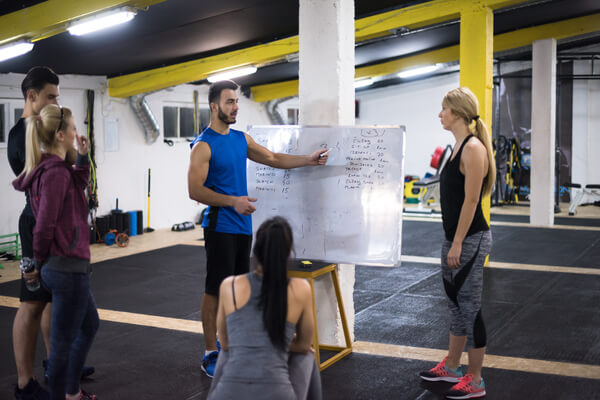
In addition, these skills improve the production of linear speed and acceleration, placing value on improving pelvic and hip position, as well as lower and upper limb position.
However, this approach will not be sufficient due to the need to perform in the three different planes in the tasks required during a football match, as accelerations and decelerations, jumps and landings, changes of direction… are needed.
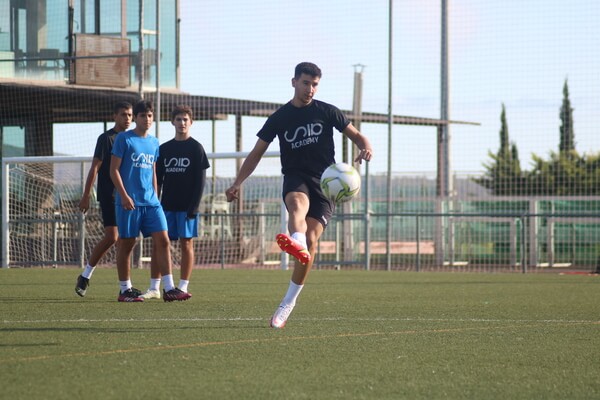
FUNDAMENTAL PILLARS OF BUCKTHORPE
In summary, this approach by Buckthorpe et al. is based on three main pillars that we see in the pictures: strengthening the hamstring musculature, carefully monitoring the players’ loads and ensuring the best recovery strategies.
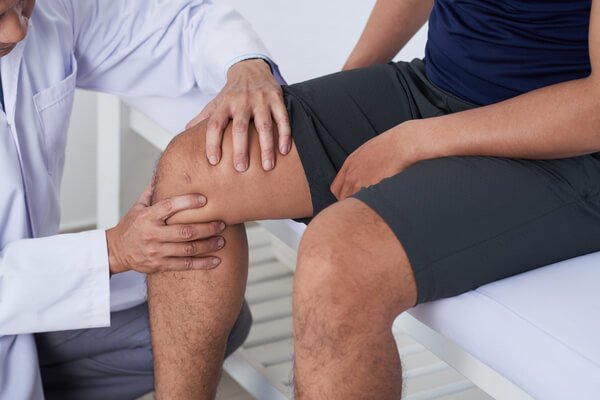
MALONE STUDY
The evidence provides other interesting insights into injury reduction. For example, a study by Malone et al. in 2017(7), speaks of the need to improve the ability to produce high velocities to then improve performances and also reduce injury rates.
These researchers confirmed that players with exposure to high loads and maximum speed showed a protective effect against injury. This effect could be explained by the ability to tolerate the load. In contrast, players with lower chronic loads had a higher risk of injury when exposed to the same number of accelerations at maximum speed.
On the other hand, overuse injuries in football players are discussed. For this, we must control two aspects, internal and external loading.
Internal load
The internal load is the physiological response of the players to the external load, and can be determined using heart rate and perceived exertion scales.
External load
External load is quantified in terms of distance, speed and accelerations. (8)
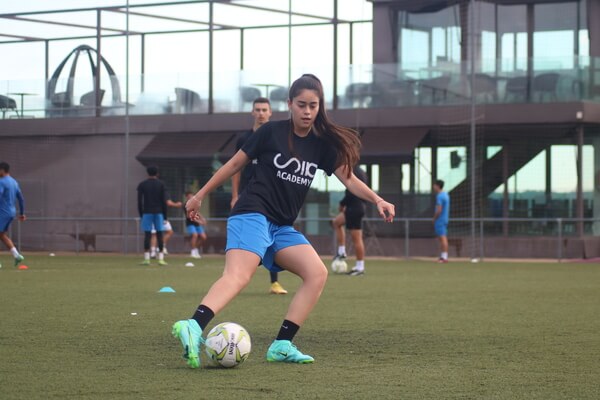
Acute-chronic load ratio
In addition, the previous study by Malone et al. (7) examines the acute-to-chronic load ratio, in which loads are quantified with the Borg CR-10 scale of perceived exertion, which is multiplied by session duration to generate the internal load score. In this research, it is found that players with better fitness allow greater increases in training load from week to week without increasing the relative risk of injury.

GPS MONITORING OF LOADS
The external load, on the other hand, can be analysed more objectively with different technologies, such as GPS, accelerometers… It is recommended to use the acute-chronic load ratio taking into account objective data (accelerations and decelerations) and more subjective data (perceived exertion scale) in order to decrease the risk of injury. Therefore, it is relevant to monitor all variables to optimise load handling in order to reduce the risk of injury. (9)
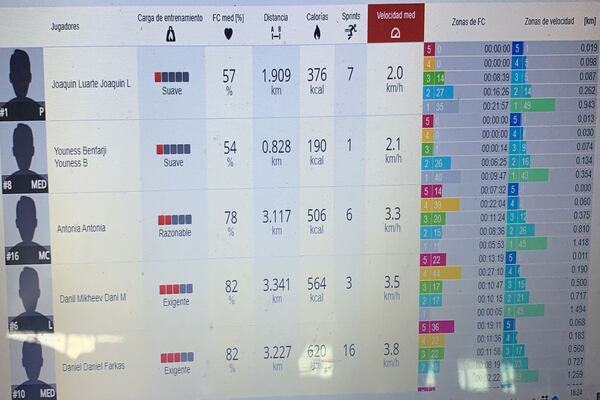
PAIN IN HAMSTRING INJURIES
Finally, it should be noted that injuries are accompanied by pain, but pain can also appear or persist after the injury has healed. The processes involved in the experience of pain are complex, so it is important to contextualise pain within the individual athlete’s situation and to consider the relevant factors that modulate pain and the experience of pain, including biological, psychological, social and sport- and training-specific factors.

Understanding pain as a protective mechanism guides clinicians towards a multidimensional management of pain in patients. (10) After understanding this perspective, it must be taken into account that injuries are not only dependent on the biological state of the tissues, but also other components are part of it.
Consequently, despite managing all the aspects mentioned above to try to reduce them, the individual differences between each player on a psychological, biological and social level must be taken into account in order to adapt the management of the loads to each of them in order to reduce the overall injury rate.
BIBLIOGRAFIA PATRA SABER MAS DE LESIONES ISQUIOTIBIALES
1. Woods C. The Football Association Medical Research Programme: an audit of injuries in professional football–analysis of hamstring injuries. Br J Sports Med. 1 de febrero de 2004;38(1):36-41.
2. Heiderscheit BC, Sherry MA, Silder A, Chumanov ES, Thelen DG. Hamstring Strain Injuries: Recommendations for Diagnosis, Rehabilitation, and Injury Prevention. J Orthop Sports Phys Ther. febrero de 2010;40(2):67-81.
3. Chumanov ES, Heiderscheit BC, Thelen DG. The effect of speed and influence of individual muscles on hamstring mechanics during the swing phase of sprinting. J Biomech. enero de 2007;40(16):3555-62.
4. Arnason A, Andersen TE, Holme I, Engebretsen L, Bahr R. Prevention of hamstring strains in elite soccer: an intervention study: Prevention of hamstring strains in soccer. Scand J Med Sci Sports. 12 de marzo de 2007;18(1):40-8.
5. Buckthorpe M, Wright S, Bruce-Low S, Nanni G, Sturdy T, Gross AS, et al. Recommendations for hamstring injury prevention in elite football: translating research into practice. Br J Sports Med. abril de 2019;53(7):449-56.
6. Malone S, Roe M, Doran DA, Gabbett TJ, Collins K. High chronic training loads and exposure to bouts of maximal velocity running reduce injury risk in elite Gaelic football. J Sci Med Sport. marzo de 2017;20(3):250-4.
7. Malone S, Owen A, Newton M, Mendes B, Collins KD, Gabbett TJ. The acute:chonic workload ratio in relation to injury risk in professional soccer. J Sci Med Sport. junio de 2017;20(6):561-5.
8. Gabbett TJ. The training—injury prevention paradox: should athletes be training smarter and harder? Br J Sports Med. marzo de 2016;50(5):273-80.
9. Jaspers A, Kuyvenhoven JP, Staes F, Frencken WGP, Helsen WF, Brink MS. Examination of the external and internal load indicators’ association with overuse injuries in professional soccer players. J Sci Med Sport. junio de 2018;21(6):579-85.
10. Hainline B, Turner JA, Caneiro JP, Stewart M, Lorimer Moseley G. Pain in elite athletes—neurophysiological, biomechanical and psychosocial considerations: a narrative review. Br J Sports Med. septiembre de 2017;51(17):1259-64.



